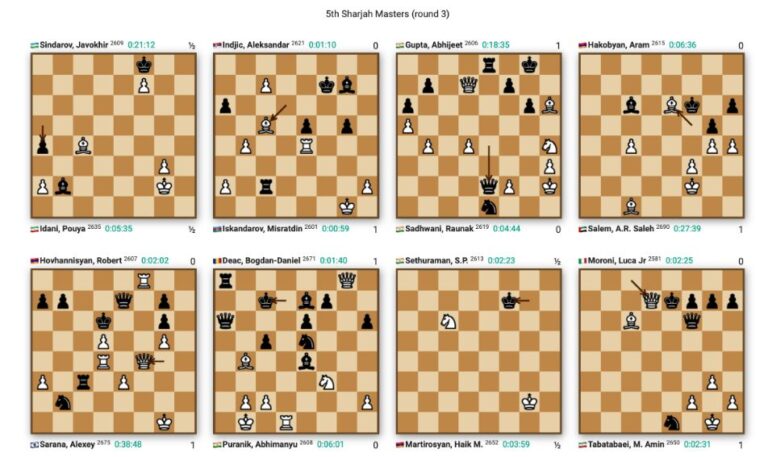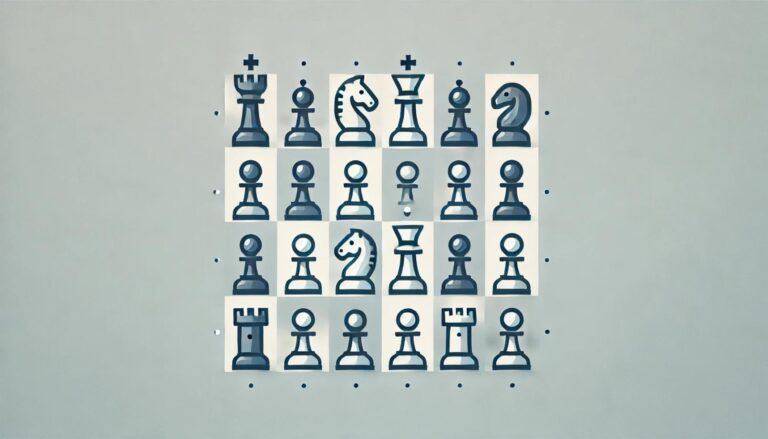Introduction: Understanding Chess Tactics
Chess is a game that is steeped in strategy and mental acuity. It is a game that has been played for centuries, and over time, has developed a set of tactics that are used by players to capture the opponent´s pieces and ultimately, win the game. However, just like any other game or activity, chess has its fair share of misconceptions. Many players, even those who have been playing for a long time, often fall prey to these misconceptions, leading to poor decision-making and gameplay. In this article, we will debunk some of the common misconceptions about chess tactics and help you gain a better understanding of this intricate and fascinating game.
Section 1: Tactics are Only for Advanced Players
One of the most common misconceptions about chess tactics is that they are only applicable to advanced players. This could not be further from the truth. Tactics are an essential part of chess, and they are used in every game, regardless of the skill level of the players. In fact, tactics are often more critical for beginners as they lack the experience and knowledge to create long-term strategic plans on the chessboard. Tactics are essentially short-term, quick maneuvers that players use to gain an advantage over their opponent, and they are an integral part of any chess game, regardless of the level of play.
Section 2: Tactics are Only About Sacrificing Pieces
Another common misconception about chess tactics is that they are all about sacrificing pieces. While sacrificing pieces is certainly one aspect of tactics, it is not the only one. Tactics involve a wide range of moves, such as pins, forks, skewers, deflections, and more. Sacrificing a piece is just one of the many ways to gain an advantage over your opponent, but it is by no means the only tactic. In fact, sacrificing a piece without a clear advantage or follow-up plan can often lead to a disadvantage for the player making the sacrifice.
Section 3: Tactics are Only for Attacking
Many players mistakenly believe that tactics are only used for offensive purposes, i.e., attacking the opponent´s pieces. While tactics can certainly be used for attacking, they are equally crucial for defensive maneuvers. In chess, the defense is just as important as the offense, and tactics play a crucial role in protecting the player´s pieces and limiting the opponent´s options. For instance, a player may use tactics like pins or skewers to protect their king from an attack or defend a crucial piece from being captured.
Section 4: Tactics are Intuitive and Cannot Be Taught
Another common misconception about chess tactics is that they are intuitive and cannot be taught. While it is true that some players may have a natural talent for finding tactical opportunities on the board, tactics can be learned and improved upon through practice and study. In fact, chess trainers and coaches often spend a significant amount of time teaching tactics to their students, which can significantly improve their gameplay. Understanding the various tactics and being able to recognize them is a skill that can be developed and honed over time.
Section 5: Tactics are All That Matters
Finally, some players believe that tactics are the only thing that matters in a game of chess. While tactics certainly play a crucial role in determining the outcome of a game, they are not the only factor. Strategic planning, positional understanding, and a strong endgame are equally important aspects of chess that can lead to victory. In fact, relying too heavily on tactics can often backfire and lead to a disadvantage for the player. It is essential to have a well-rounded understanding of all aspects of chess to be a successful player.
Conclusion: Beating the Misconceptions and Mastering Chess Tactics
In conclusion, there are several common misconceptions about chess tactics that can hinder a player´s understanding of the game. It is essential to recognize and debunk these misconceptions to become a more well-rounded and skilled chess player. Remember, tactics are not just for advanced players, they are not all about sacrificing pieces, and they are not only used for attacking. Tactics can be taught and learned, and they are not the only aspect of chess that matters. By understanding and practicing various tactics, along with other crucial aspects of chess, you can improve your gameplay and ultimately, become a better chess player.



